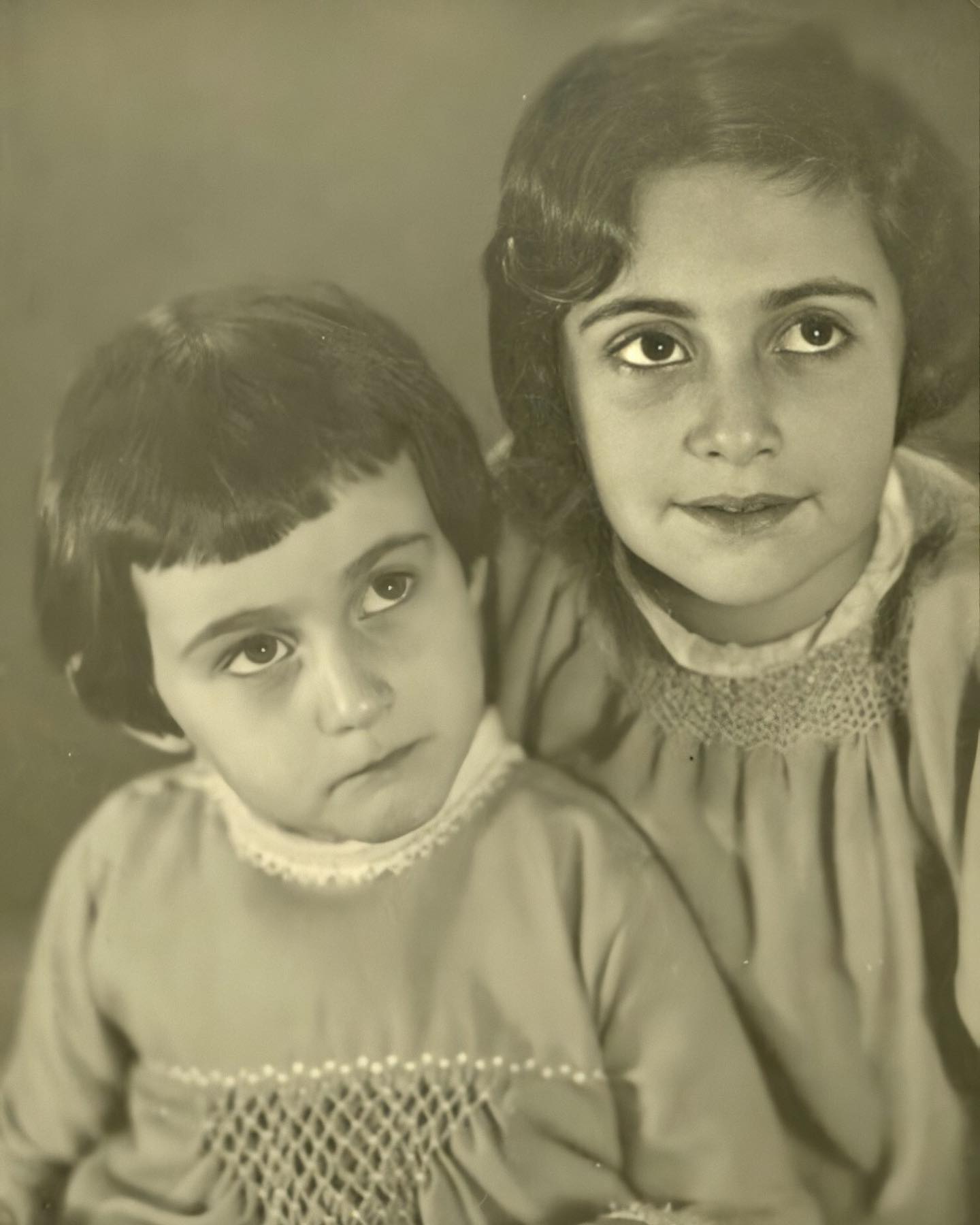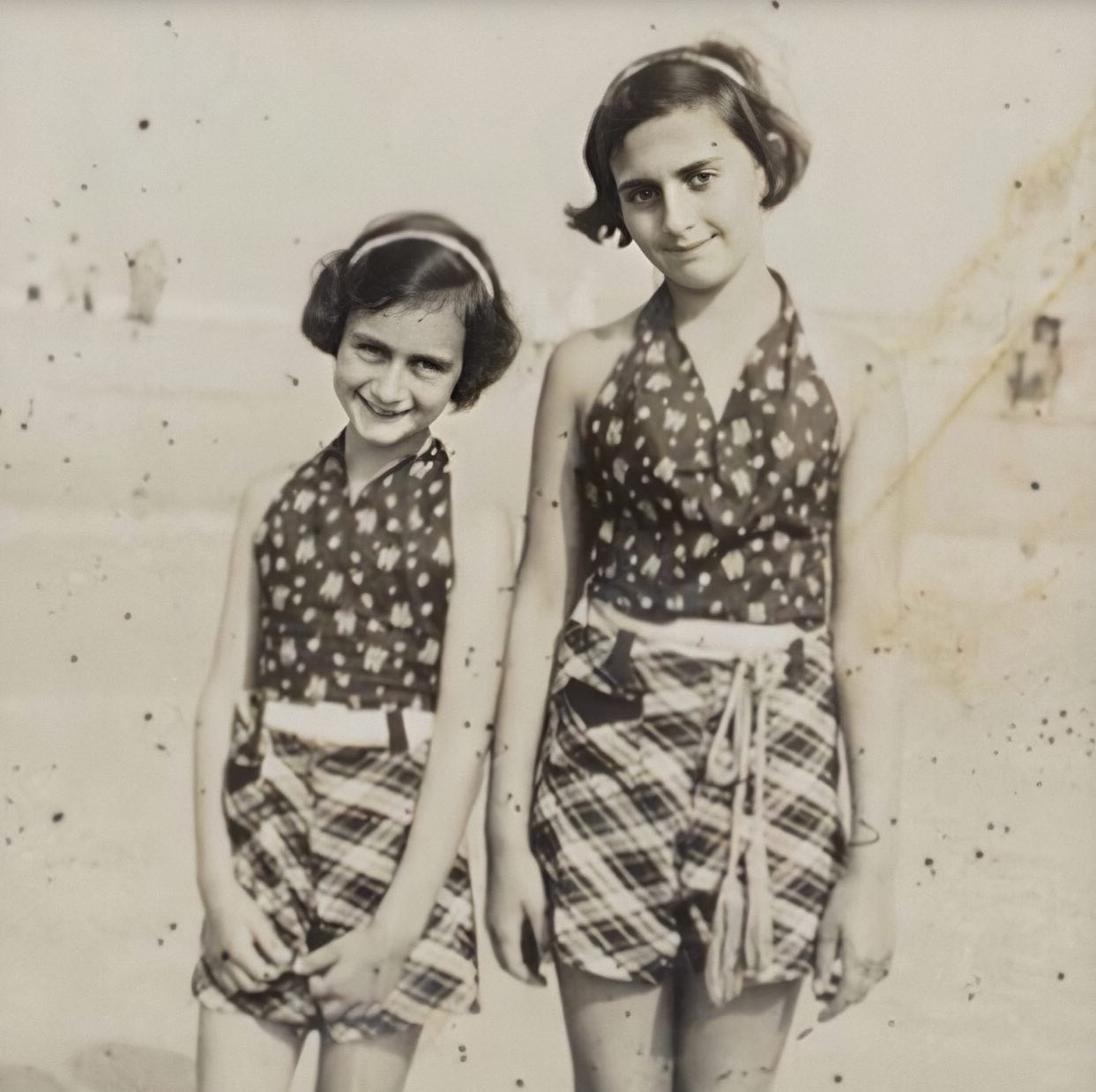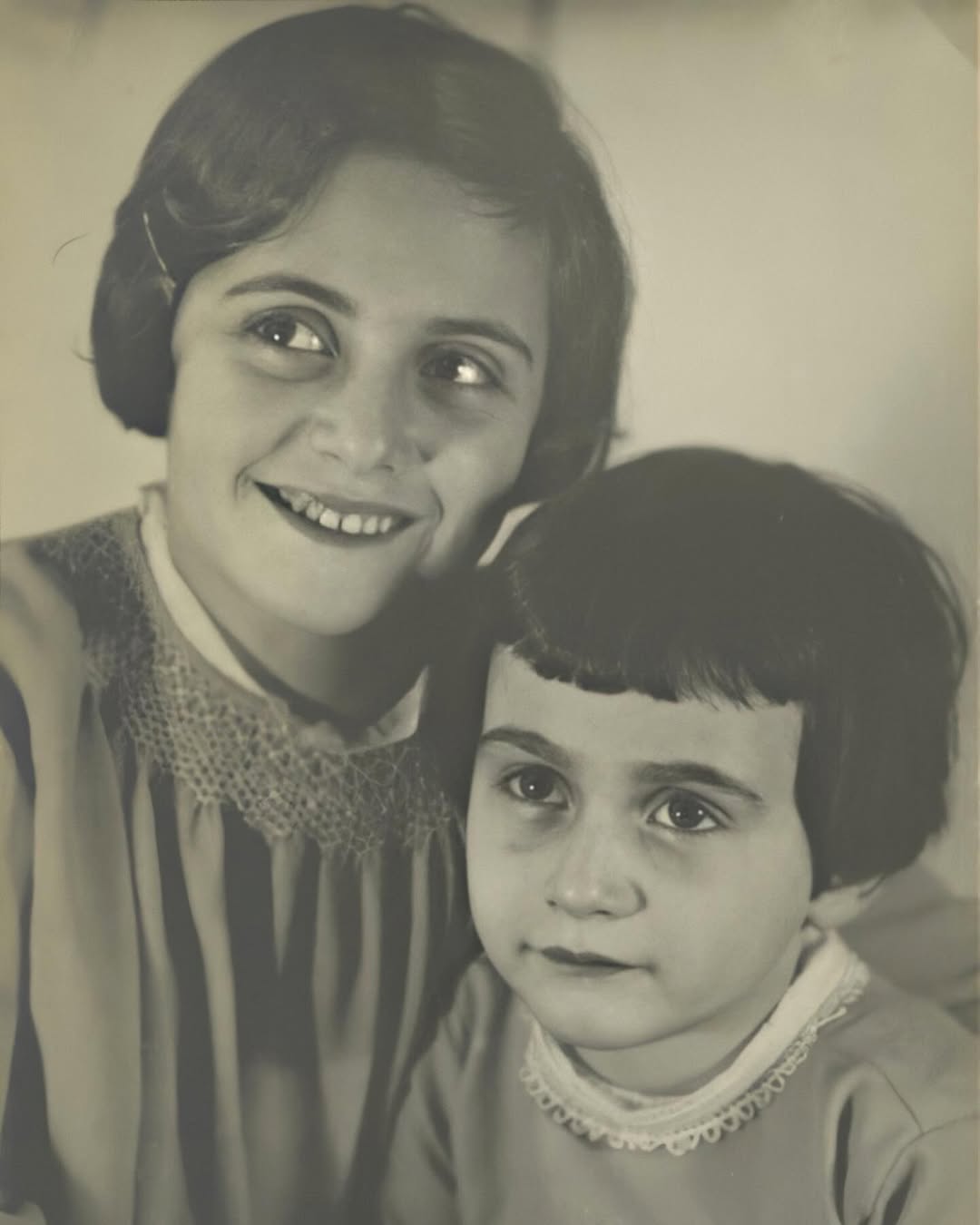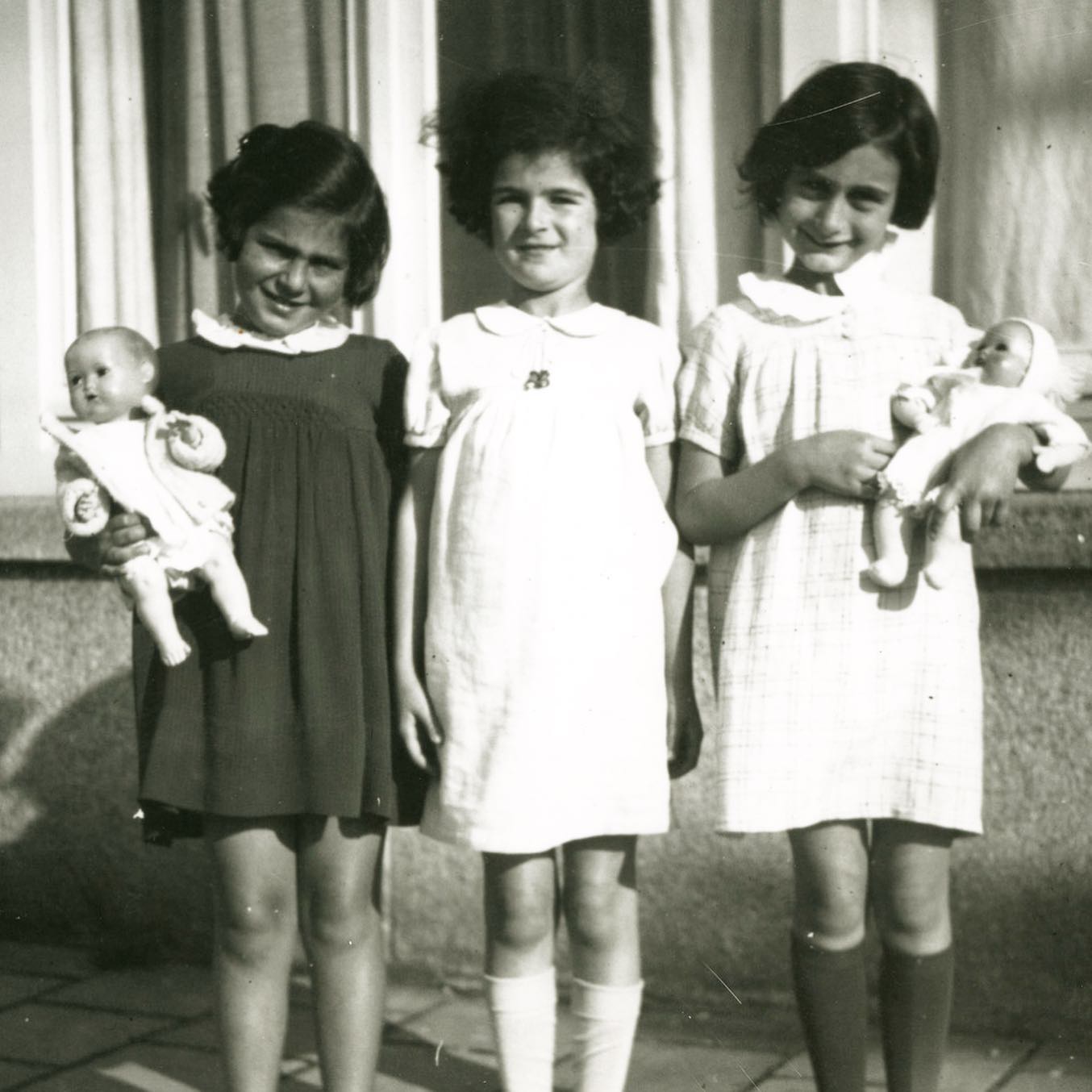The Names of the Frank Sisters
The names of Anne and Margot Frank tell a poignant story, shifting from terms of familial love to chilling bureaucratic additions imposed by the Nazi regime.

The Given Names and Nicknames
Anne’s official name was Annelies Marie Frank. Her father, Otto Frank, marked her birthday every year in his diary with loving variations like Anne Mariechen or A-Mariechen, a tender tradition he continued even after the war. Within the family, Anne was called sweet pet names like Annelein, Annekind (Anne-child), and Zärtlein (little darling).
Margot’s official name was Margot Betti Frank. The name Betti was likely a tribute to her mother’s late sister, Bettina, or her paternal grandmother, Alice Betty Frank-Stern. Her family had a simple, affectionate nickname for her: Mutz, which means “little bear.”
These intimate nicknames—Zärtlein, Mutz, Mariechen—reveal the depth of affection and playful warmth that characterized the Frank family home.

The Mark of Persecution
In stark contrast to these loving names, the Nazi regime imposed a bureaucratic, dehumanizing addition. Jewish women in the Netherlands with a non-Biblical first name were officially required to have the addition “Sara” appended to their name.
In the records of the Jewish Council, the names of the girls were therefore recorded as: Frank, Annelies Marie Sara and Frank, Margot Betti Sara. This compulsory addition stripped them of their individuality and reduced them to a label, a chilling example of the Nazi machinery of persecution.
The story of their names is a microcosm of their lives: cherished and loved within their home, but relentlessly targeted and branded by the outside world.

